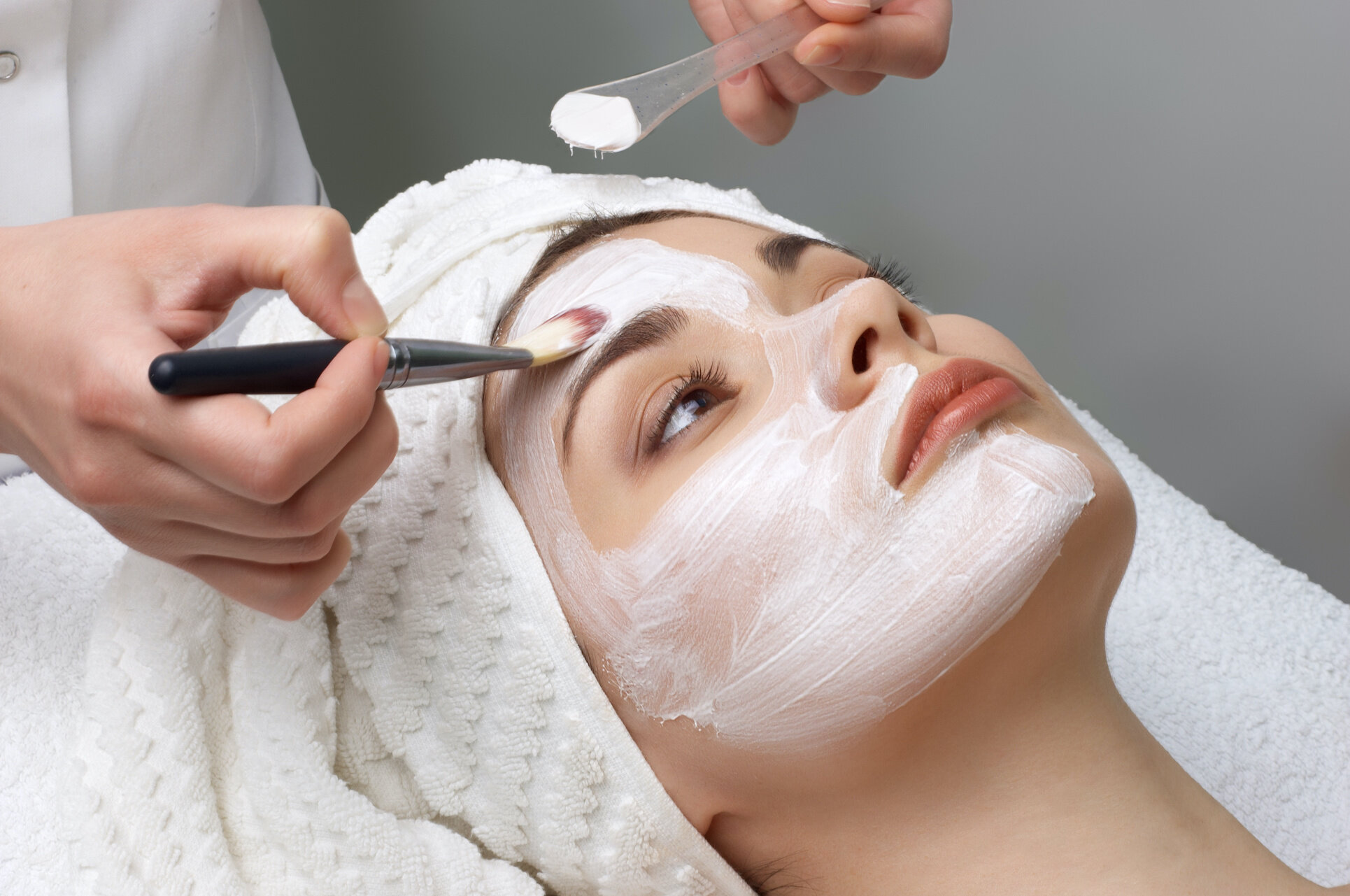Benefits of Chemical Peels
Chemical peels are the secret to perfect skin and now is the time. Fall is here and the harsh summer sun is a thing of the past. Start your journey to beautiful skin and be ready for the Holiday Season.
What can a peel do for your skin?
In minutes, acids lift away dead cells triggering an amazing chain reaction. As the top layer of skin is shed, the living cells below are multiplying and moving up increasing collagen production. A peel will result in smoother skin that's both more radiant and more receptive. Your skincare products perform better after a peel because there are no dead cells impeding the products penetration. Using medical grade skincare will only make the results more stunning.
Peels can help with acne and soften the scars.
Salicylic acid peels and dive deep into skin to unclog pores while also skimming the surface to erode blackheads and fade post-pimple marks. Another advantage of salicylic acid: It lingers in the pores, where it continues to keep them clear over time. To improve pitted acne scars
Controls Melasma
There isn't a permanent cure for the recurring sun-triggered dark patches brought on by hormonal surges (like those caused by pregnancy and the Pill), but chemical peels (paired with Brightening products, high-SPF sunscreen, and strict sun avoidance) offer the best fighting chance.
More about your Chemical Peel Appointment:
Patient Screening
Prior to undergoing any sort of chemical treatment, it is imperative that we determine if the peel is right for you. In order to determine eligibility, we need to make sure that you are not breastfeeding or pregnant and have no skin conditions such as psoriasis, eczema, or rosacea. In addition, if you have an outdoor job, a peel might not be appropriate for you.
A Pre-Peel Plan
Once we have taken your medical history and determined that a peel is appropriate for you, we suggest a skincare regimen to follow for approximately two to four weeks prior to your peel. This is designed to make your peel more effective.
The Peel
After you arrive for your appointment, our staff will begin by cleaning your skin in order to remove any oil or products that may interfere with the chemicals in the peel. If your face is being treated, your eyes may be covered with gauze or goggles to protect your eyes, and your hair may be pulled back from your face.
Depending on the type of peel that has been recommended for you, our skin care specialist will then apply the peel with gauze, a brush, or a cotton-tipped applicator. At this time, your skin will look frosted and white, and you may notice a tightness or a tingling sensation.
Many peels are removed within three to five minutes after application, and cool compresses or lotion may be applied to help soothe the skin. Other peels are self-neutralizing and may remain on the skin for up to an hour. Because each peel varies, our team will review the specifics of your peel prior to performing any sort of treatment.
Recovery From a Chemical Peel?
The First Day
For the first 24 hours or so after your chemical peel, you will notice that your skin may appear red. This is typical; however, we will provide you with products that can be liberally applied in order to help soothe your skin. Usually, if you have had a medium peel, the shedding begins after those first 24 hours.
The Days After
Your skin will soon begin to appear dry and flaky, but it is best to let this procedure occur naturally and not pick or peel the skin before it is ready to be shed. Peeling skin before it is ready to come off can be counter-productive. After three to four days, most of the peeling should be complete, but it may take anywhere from five to seven days before fresh, new skin has developed
Within seven to fourteen days, skin should be completely healed. If you work in an office or indoor setting, you should require no time off from work after your peel.
Peel Aftercare
Moisturize
In order to promote better healing and improve your comfort following a chemical peel, there are several steps that you can take. Immediately after your peel, you may find that ice packs or cool air provide you with a cooler, more comfortable feeling. It is, however, important that you not allow your skin to dry out.
Moisturizer is necessary, and you may find yourself moisturizing ten to twenty times per day. This will allow your skin to continue to peel but will reduce the more obvious flaking that occurs. A moisturizing cleanser may also be recommended by your specialist as well. As previously mentioned, you should also restrict yourself from picking, pulling, or peeling your shedding skin.
Avoid Sun and Heat
After a chemical peel, skin is temporarily more sensitive to the sun, so wear sunscreen every day. It should state "broad-spectrum" on the label, meaning it protects against the sun's UVA and UVB rays. Also, it should be a physical sunscreen and be above SPF 30. Limit your time in the sun, especially between the hours of 10 a.m. and 2 p.m., and wear a wide-brimmed hat.

